The district-wide problem and what McCallum is doing to help
A look into the experience of emergent bilingual students on our campus.
Un estudiante bilingüe emergente en clase (An emergent bilingual student in class).
The beginning of the school year is very exciting and emotional for many students. You are able to see your friends and your favorite teachers. But for other students, it is a completely different experience. For a growing number of McCallum students, the first day of school is a source of uncertainty and anxiety.
For freshman Angel Mejia-Martinez, this was especially true. Mejia-Martinez is part of a growing group of emergent bilinguals at McCallum who speak little to no English.
“It’s very difficult,” Mejia-Martinez said. “I cannot meet people in some classes and even outside of classes. Almost all of the people talk more English than Spanish.”
Due to district-wide budget cuts, these students have had reduced support from the district, but McCallum teachers and students have been stepping up to help. Courtney Long, a math teacher here at McCallum, says that it is hard to break the language barrier.
“We do a lot of pointing at numbers and the calculator,” Long said. “I speak a little Spanish so I can say ‘Oh this is dos, two.’ One boy pulls up his Google Translate, and we try to communicate through there. Honestly, we’re doing the best we can.”
While Google Translate can be helpful, it isn’t enough to fully teach these students English content. To combat this issue, teachers in the English and Math departments have implemented tutoring programs. Angie Seckar-Martinez, another teacher in the math department, has recruited other students to help teach the kids.

“I’ve had tutors come and help during class periods and at lunch,” she said.
Sophia Kramer, a bilingual tutor, spends her FIT time in Ms. Seckar’s classroom helping students. She quickly noticed that these students wanted to learn but became easily overwhelmed when they didn’t understand the material.
“Especially in math, when you don’t know what’s happening, it can be very frustrating,” Kramer said. “I knew that this was a very special opportunity.”
In the English department, James Hutcheson has brought in old AISD teachers to build English skills with his emergent bilingual students.
“I get the kids out of their AVID class to have one on one time with the tutors,” he said.
While the tutors have been a helpful resource, Mr. Hutcheson says that what the students really need is a separate class to learn English.
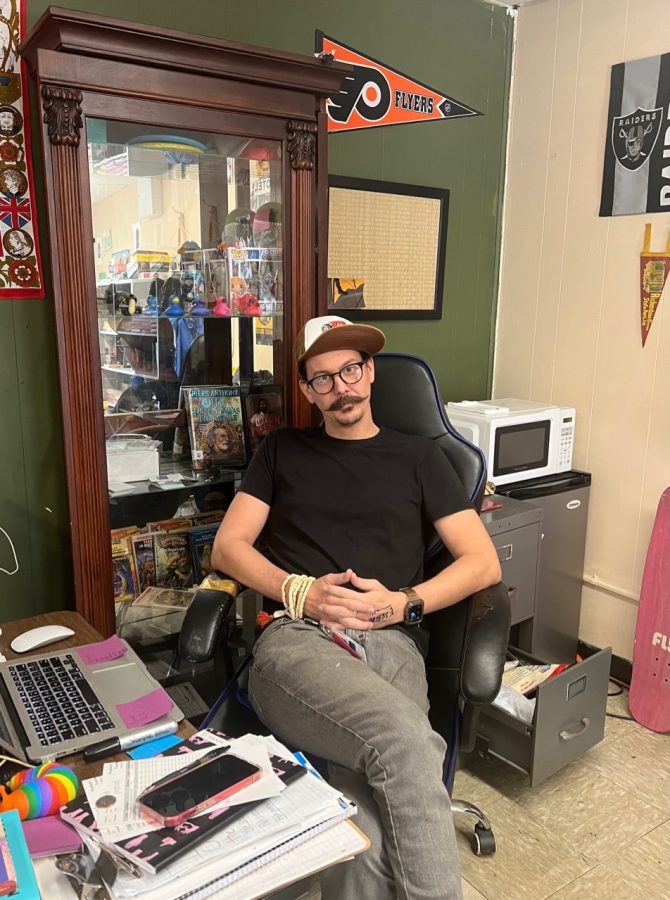
“We are doing what we can with everything we got, we just don’t have a lot,” he said.
Students all across McCallum have recognized the ongoing problem that these students have had, and Spanish speakers assist these students when they can. In Mejia-Martinez’s third period class, freshman Kai Layden has been a significant asset to his understanding of the class content. He serves as a translator and is a person Mejia-Martinez can come to with questions.
“He doesn’t ask me for a lot of help, but I’m always there translating and clarifying,” Layden said. “Other Spanish speakers help as well.”
Another student, Esteban Giraldo from Colombia, chose to come to McCallum to improve his English.
“I have classmates that help me a lot and the teachers also help me,” Giraldo said. “But I feel that I have to do more work to improve my grades and my English.”
Although McCallum has been doing the best it can to accommodate these students, this is a district-wide program that needs to be remedied. Policies should be flexible, changing to fit the needs of the student bodies they serve. Even though the systems in place seem to be working against English Language learners, individuals and schools like McCallum can combat the problem to the best of their ability.
Your donation will support the student journalists of McCallum High School. Your contribution will allow us to purchase equipment and cover our annual website hosting costs.


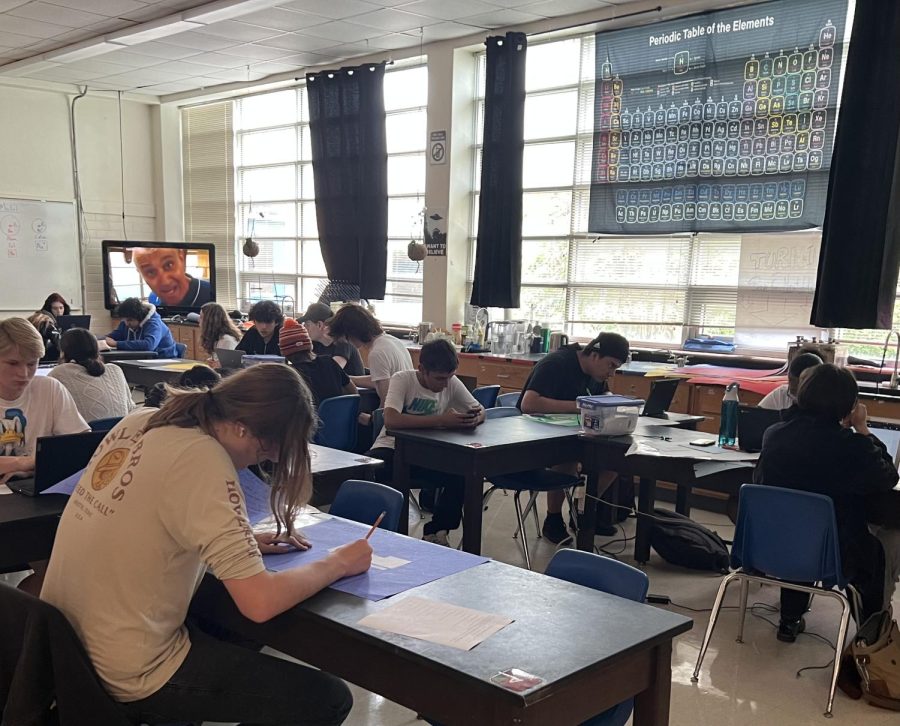

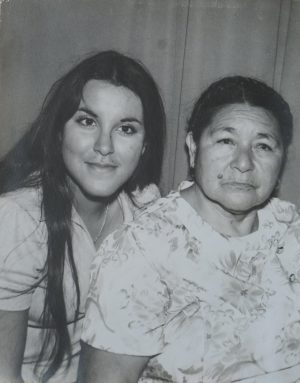
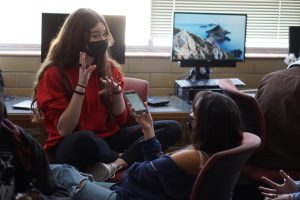




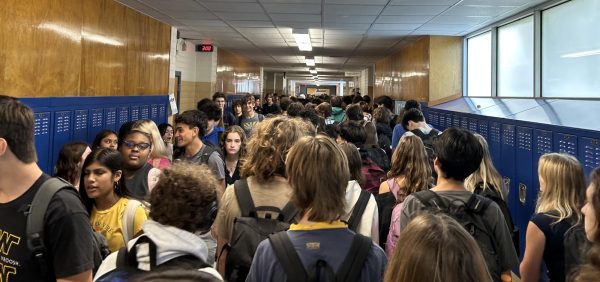
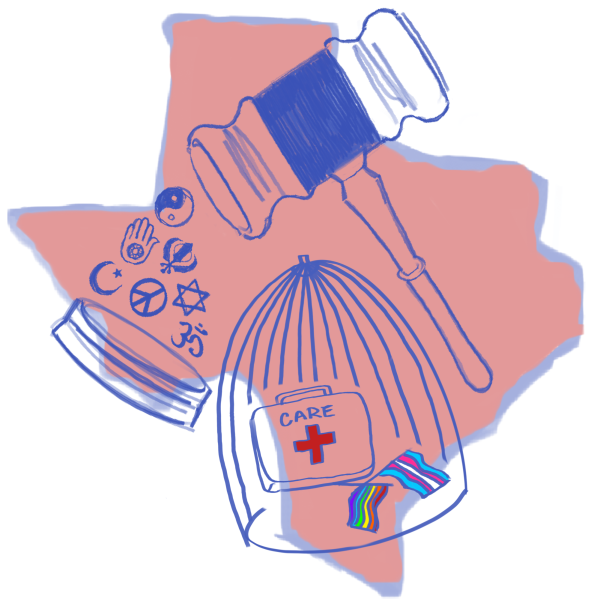
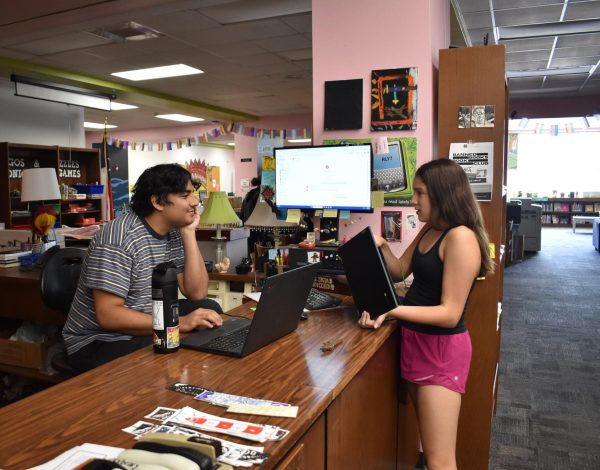
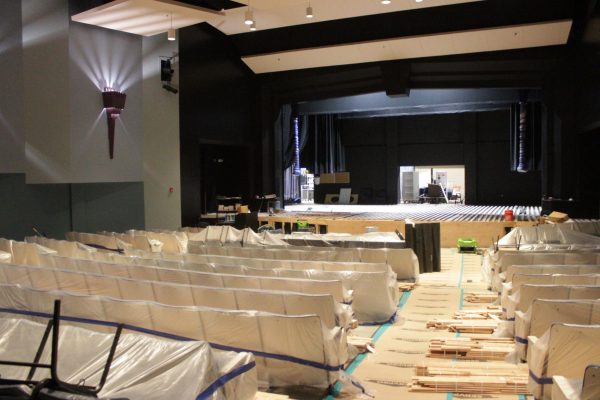

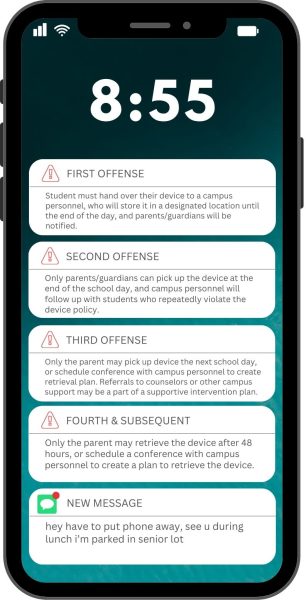
Elsie Smith • Nov 28, 2022 at 5:53 pm
I thought this was an important issue to cover and bring attention to. I am a part of the dual language program and I think it’s great that students from that that program are using their FIT time to help.